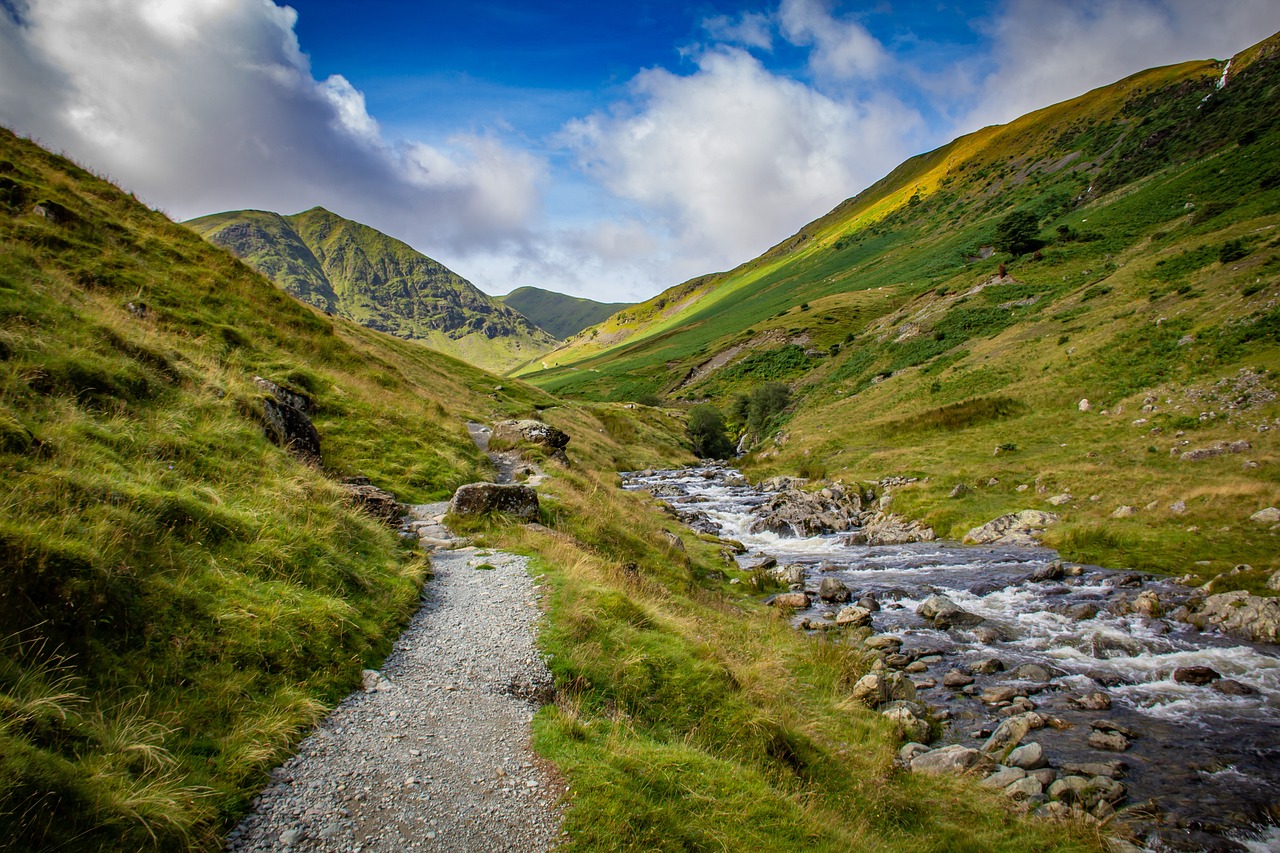Right of way
A right of way is a form of easement, which allows the entitled person pedestrian or vehicular access across the land of another person. This right can be in the form of a deed or may arise by implication or by long use. A right of way may exist only for limited purposes.
Public rights of way are a general right to access across land. A public right of way can be established by:
- Express dedication, where a landowner has given the public the right.
- Presumed dedication, where a right of way has been in use for longer than can be remembered.
- Deemed dedication, where a right of way has been used for 20 years or more.
Landowners and occupiers must ensure that rights of way are not obstructed and that the route is identifiable. This can affect proposed developments.
The planning inspectorate deals with applications to create, divert or extinguish rights of way.
The term 'stopped-up' refers to the permanent closure of a public right of way.
Code of Practice for the Co-ordination of Street Works and Works for Road Purposes and Related Matters HAUC(England) Edition issued by HAUC (England) in September 2020, defines Public Rights of Way (PRoW) as one of the following:
(1) A synonym for a Highway, that is, any Way over which there is a public right of passage including those Ways for which there is no statutory method for recording their existence.
(2) One of the four rights recordable on the Definitive Map:
NB: In 2013, The Department for Environment, Food and Rural Affairs consulted on proposals to simplify rights of way regulations by changing the processes for recording, diverting and extinguishing public rights of way (ref. DEFRA).
High Speed Rail (Crewe – Manchester) Environmental Statement, Glossary, abbreviations and references, published by the Department for Transport in 2022, defines a public right of way as: ‘A highway where the public has the right to walk; and, depending on its class, use for other modes of travel. It can be a footpath (used for walking only), a bridleway (used for walking, riding a horse and cycling), a restricted byway (as a bridleway, but use by non-motorised vehicles also permitted) or a byway that is open to all traffic (including motor vehicles).’
[edit] Related articles on Designing Buildings
- Bridleway.
- Common area.
- Common land.
- Commons Act 2006.
- Countryside and Rights of Way Act 2000.
- Cycle path.
- Easements.
- Kissing gate.
- Local access forum.
- National trail.
- Pathway.
- Permissive path.
- Pop-up cycle lanes.
- Prescriptive rights of way.
- Promoted routes.
- Property rights.
- Quiet enjoyment.
- Restrictive covenants.
- Right to a view.
- Right to access land.
- Rights over land.
- Tree rights.
- Trespass.
- Village green registration.
- Wayleave.
[edit] External references
Surrey Hills Directory
[edit] Planning
Building Design in the Surrey Hills
[edit] Highways
Conserving and Enhancing Country Lanes in the Surrey Hills AONB
[edit] Biodiversity & Landscape
Landscapes Review: National Parks & AONBs 2019
Light Pollution - Threat to Migrating Birds
Making Local Nature Recovery Strategies deliver
[edit] Health & Wellbeing
Nature and Wellbeing: The Evidence
How nature can be used to improve wellbeing







Comments
[edit] To make a comment about this article, click 'Add a comment' above. Separate your comments from any existing comments by inserting a horizontal line.